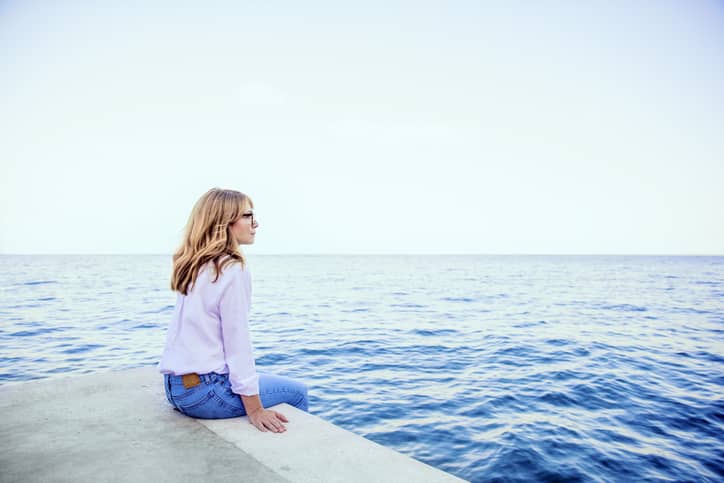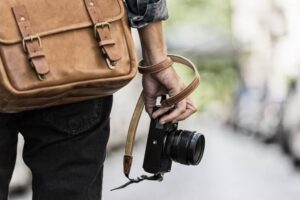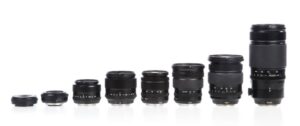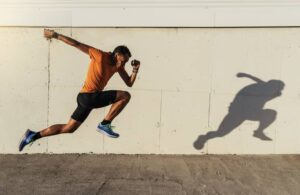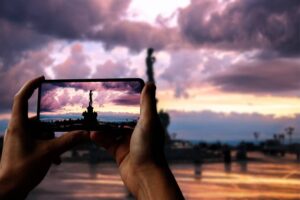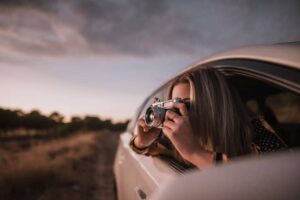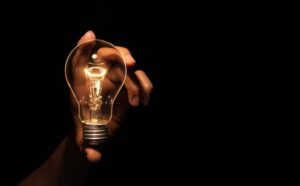Have you ever noticed that, when looking at photos with people or animals in the frame, our eyes tend to follow the direction in which the subject is looking? It’s something we do unconsciously.
For this reason, it’s very important to know how to place your subjects within the frame to guide your viewer, show them what’s important and enhance the story you are trying to tell.
When composing your image, ask yourself these 2 questions:
- Where is your subject looking?
- What does it tell your viewer?
If you answer these 2 questions, you can create better images that have a stronger impact on your viewer.
Here are 3 scenarios to consider when photographing subjects and the impact they can have on your image.
1- The subject is looking at the camera:
Let’s start with the most common scenario: when the subject is looking straight at the camera.
These kinds of photos establish a strong connection with the viewer because it feels like the subject is looking straight at us, and it feels more intimate.
It puts the viewer in the photographer’s shoes and creates an emotional impact.

2- The subject is looking at someone or something:
The second scenario is when the subject is looking at an object or at someone else located within the frame.
These kinds of images are great for storytelling because it shifts the focus from the subject alone to the connection between multiple subjects.
For example, when people in a photo are looking at each other, it creates a relationship between the subjects.
In this example, the mother looking at her child strengthens the bond between them and makes the viewer look back and forth between them.
Similarly, when a subject is looking at something else in the frame, it creates a connection between both elements as well.
In this next photo, the dog is looking at the food instead of the camera. Because of that, the photo isn’t just a portrait of a beautiful dog, but instead, it’s about the dog’s desire to have that snack.

3- The subject is looking outside the frame:
Finally, the third scenario is when the subject is looking at something located outside the frame, and not visible to the viewer.
This type of image can create intrigue but if done wrong, it can also make the viewer feel left out, creating a disconnection.
One very important rule in this scenario is to always place your viewer on the opposite side of where they’re looking at. You need to create space for the subject to look into.
In this next example, the woman is looking at something outside the frame and if we follow her gaze, we stay “inside” the image. The same photo wouldn’t work if the woman was placed on the left side because she would be looking directly towards the edge of the frame, causing the viewer to leave the photo.
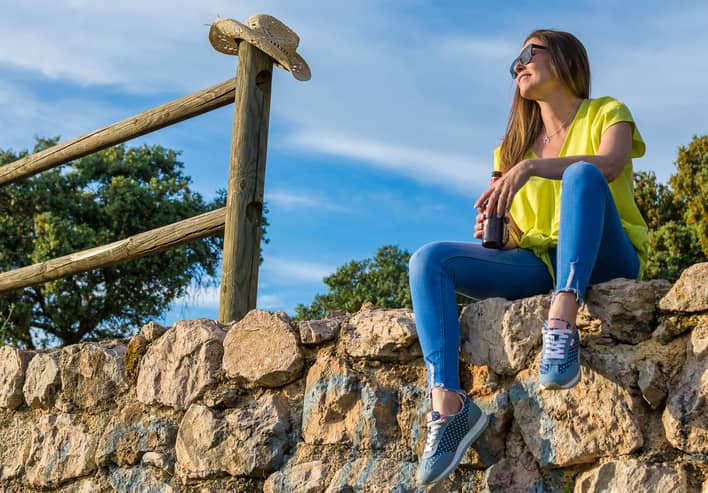
The direction that your subject is looking at when being photographed can have a strong impact on your image, so have fun and experiment with different angles to get the results you want to achieve.
— Daniel

